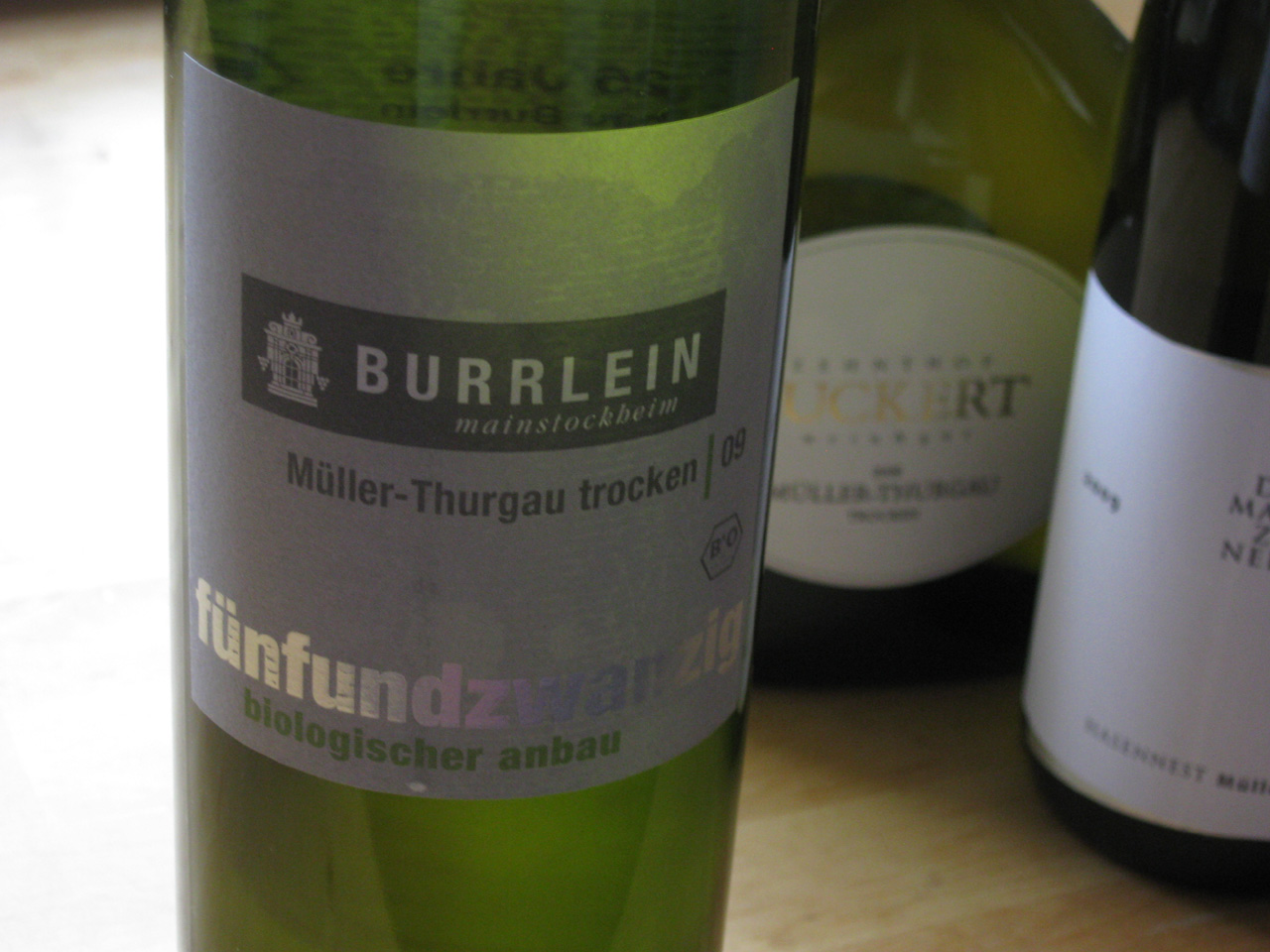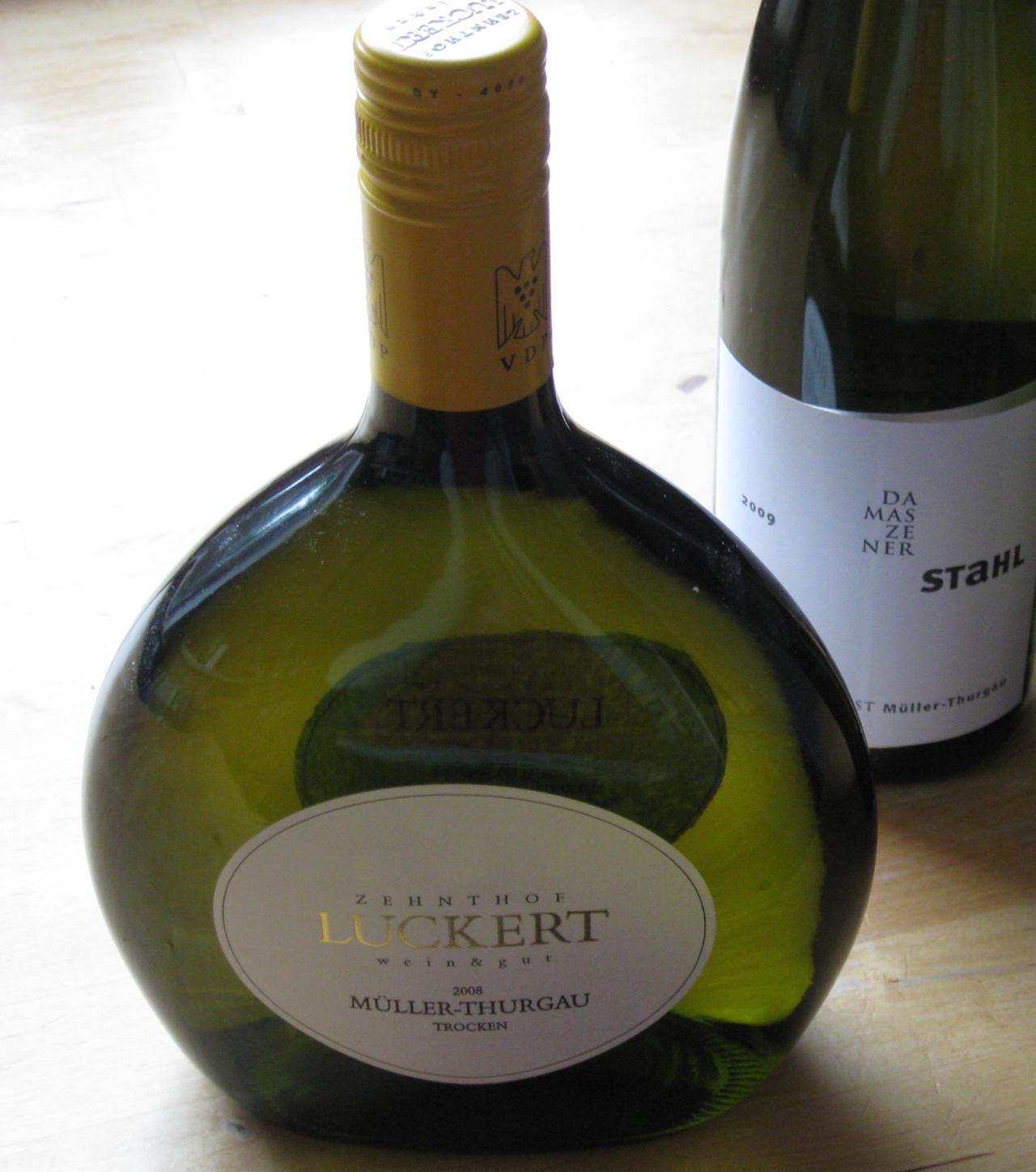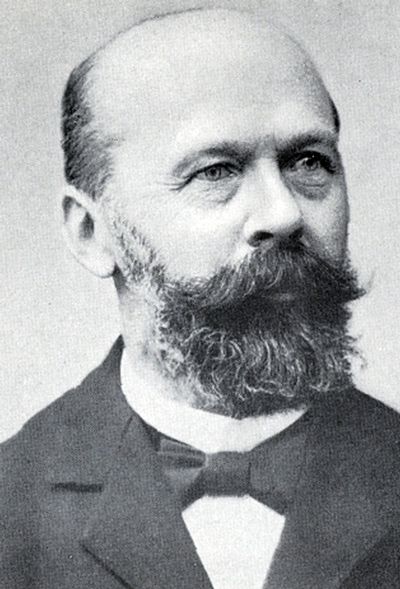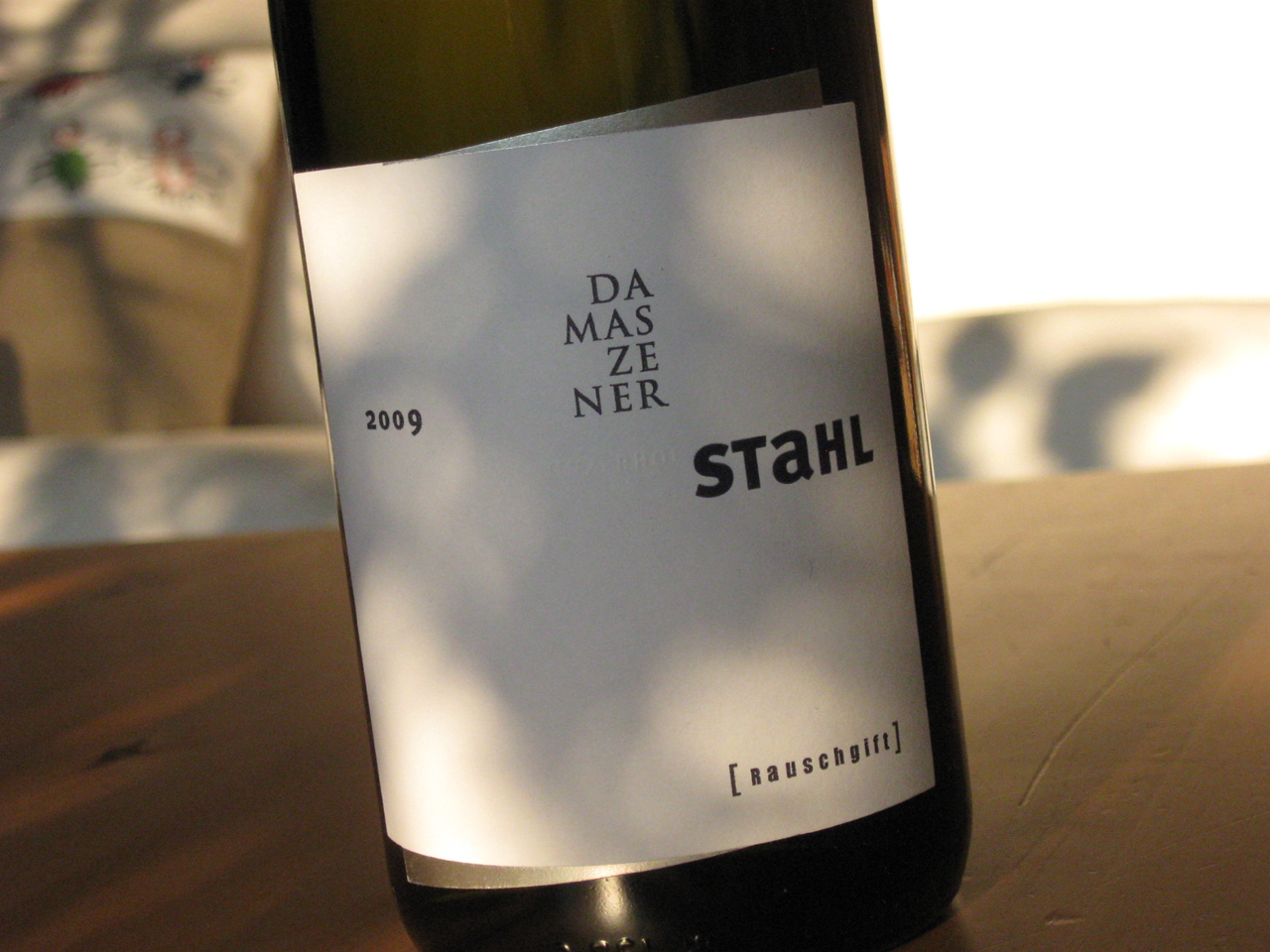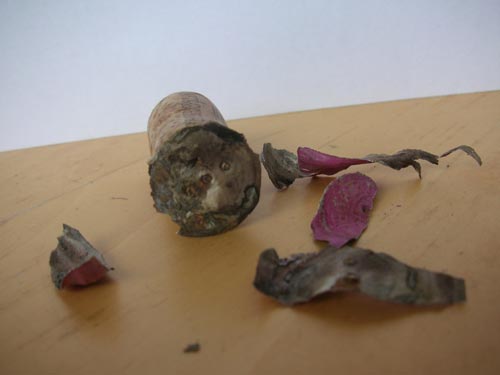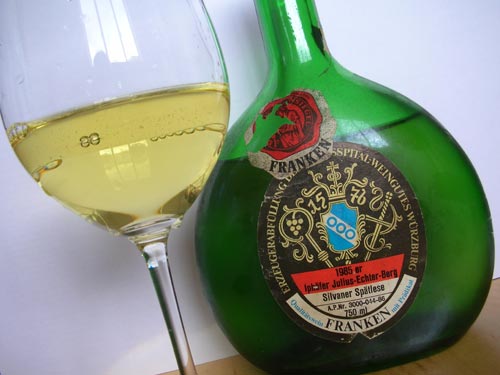Störrlein, Randersacker Sonnenstuhl, Silvaner trocken Großes Gewächs, 2007
Silvaner again? Yes, we're keeping up our coverage. In fact, we mean to grind down any resistance against Germany's second great white grape with the sheer relentlessness of our Silvaner campaign. Great growth Silvaners from lesser known wineries in Franken are arguably some of the best value anywhere in white wine, and we won't stop until every major wine outlet in the english-speaking world carries at least one. Are we not confusing our own partial predilection with an educational mission, you ask, or else: What's in it for me? The two-word answer to this: Food friendliness.
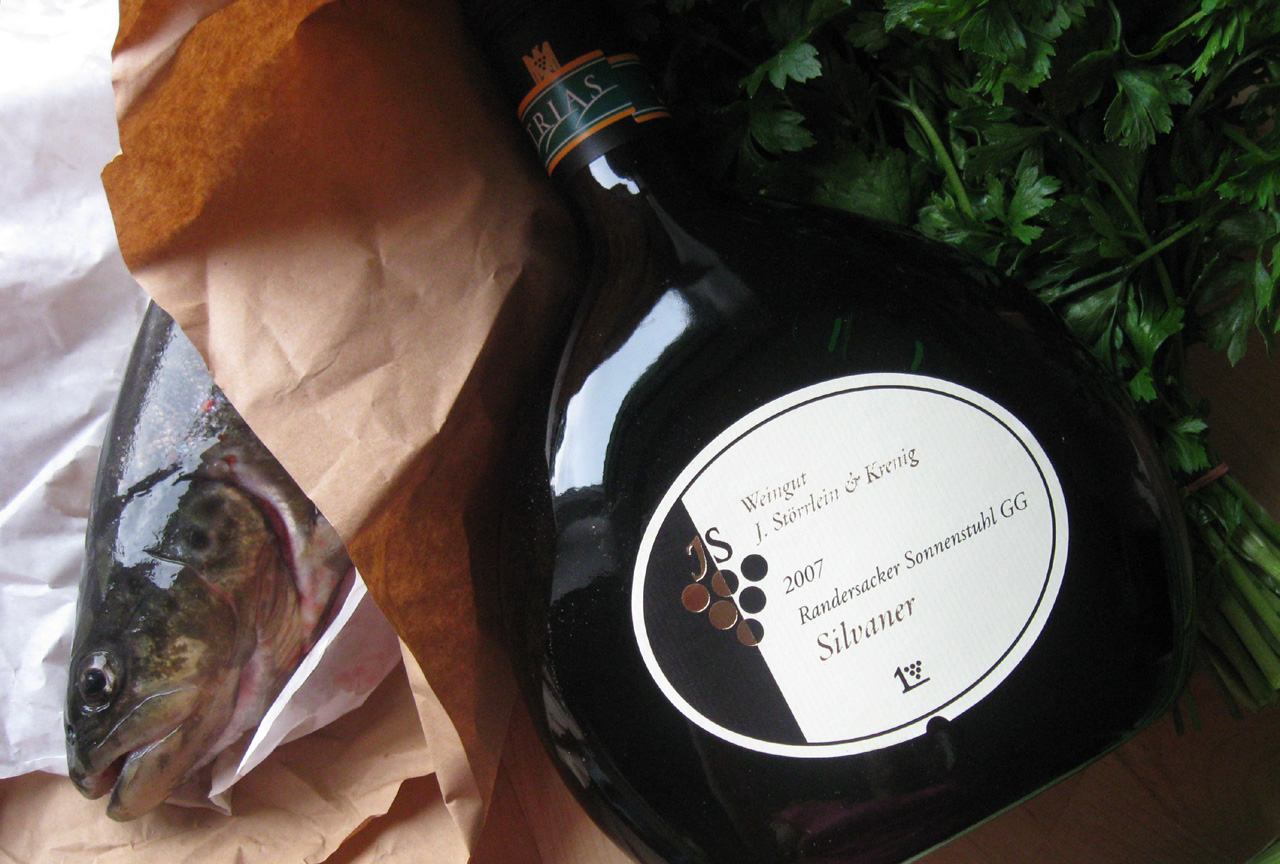
Following up on this month's risotto suggestion, another classic Silvaner pairing is freshwater fish. Franconians love their regional staple, carp, but since that is a little, shall we say, nutritious for most people, we stuck to the more consensual trout.


